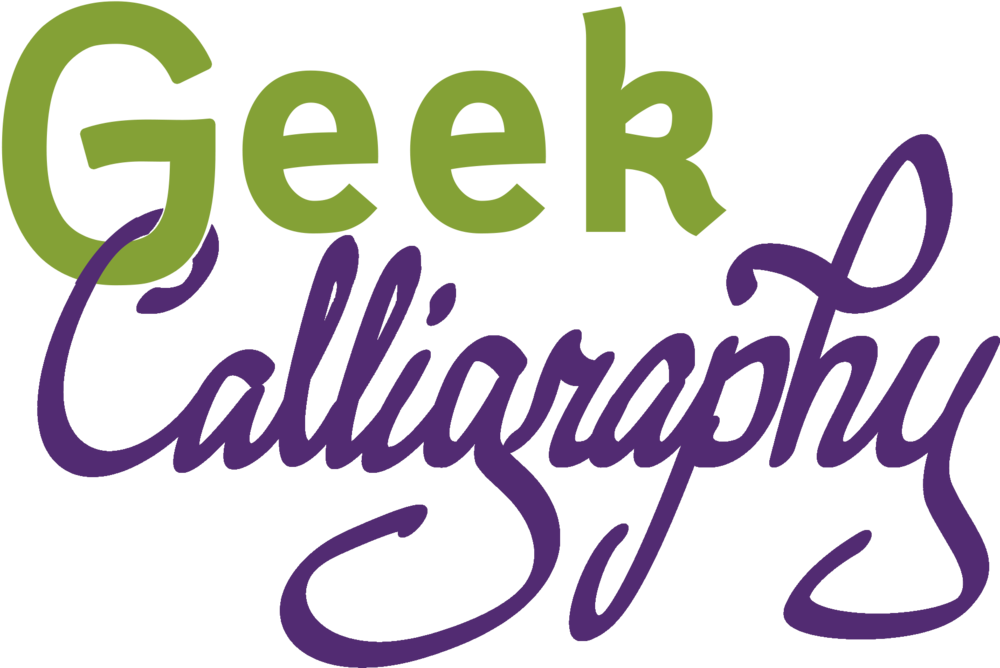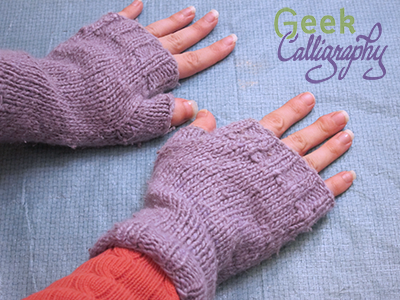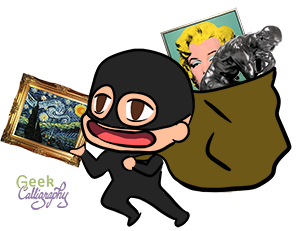I recently read Steal Like an Artist: 10 Things Nobody Told You About Being Creative by Austin Kleon. It is a very short read, and on the whole I liked it.
My Favorite Advice from Kleon
Kleon presented a couple of ideas in ways that worked extraordinarily well for me. Sometimes it's not about finding something new, but looking at something you already knew in a different way. The two that stood out for me here were his titular "Steal Like an Artist" section and his section on hobbies and side projects.
While the lines "nothing is new" and "take inspiration from everywhere" are hackneyed, but the particular collection of quotes about them that Kleon collected is funny and evocative and makes it seem, if not fresh, at least reminds me of the truth of it. I particularly liked the André Gide quote of "Everything that needs to be said has already been said. But, since no one was listening, everything must be said again."
I was also somewhat surprised to see Kleon refer to taking pictures of things that you want to "steal" as keeping a "swipe file" or "morgue file." I take pictures of things that I find inspiring and want to use in my own art all the time; I just called it my "reference pictures." What I call my morgue file is the file I keep for my day job of...ideas I think are good that I want to emulate. Son of a gun, they are the same thing. How about that.
The other rephrasing that really spoke to me was his talk about not giving up your other hobbies and passions. Kleon wrote about focusing on writing to the exclusion of his music as "phantom limb pain." Oh yeah, did that ever resonate. I don't get to sew or do woodworking nearly as much as I used to, because between my day job, my calligraphy, and my safrut, I just don't have any time. But periodically the hankering to do them builds up into a compulsion that simply has to be answered before I burst. When I don't get to exercise my creativity in lots of ways, it hurts. Less urgently, I have been on a kick of listening to audiobooks for about the past year, whenever I was doing chores or working, or whatnot, and I basically stopped listening to music. I didn't realize how much I was missing it until I started watching the first season of "Legend of Korra" and downloaded the soundtrack. Wow.
The one really new thing I got from the book wasn't actually new, it was just something I never realized anyone else did. Kleon recommends keeping a "praise file" of nice things people say about your work that you can revisit when you are stuck in the creative doldrums. I have certain emails and even old Twitter exchanges that I like to go back and look at when I need a boost, but I always thought that was a self-involved indulgence of mine that no one else would ever do. Turns out the only self-involved part was thinking that I was the only one doing it.
What Didn't Work
As with all advice books, this one didn't hit all the right notes for me. That's okay. Not all advice will work for everyone because everyone's process is different. I'm not here to bash different methods, but there were a few things that Kleon said (or didn't say) that could be potentially harmful.
Kleon quotes his mother as saying "Garbage in, garbage out," and then expands this to say that you should surround yourself with great people and follow the best people possible online, pay attention to what they are talking about. With that in mind, it is rather appalling that in a book chock full of quotes, only four women besides his mother are quoted; one of the remaining four is his wife. Only one of the special black quote boxes features a woman. I have to wonder about Kleon's definition of "the best people" if it contains so few women worth quoting. So I would further expand his advice about following the best people online and say that it is imperative to follow people who are very different from you, in background, in method, and in fields. You will learn more that way, and your creative life will be richer for it.
The section called "Use Your Hands" also got my hackles up. It is an exhortation to return to analog methods. Normally I am all for praise of physical media; as someone who writes with a quill on parchment, I'm clearly a fan of the old school. But Kleon's framing bothers me intensely because he implies that working purely digitally is bad for the creative process. It may very well be bad for his creative process, and good for him that he has identified this and made it part of his workflow to use analog methods. But generalizing from "this works for me" to "this is the best way to Art" makes me angry. Yes, by all means try some natural media if you primarily work digitally. Try a new medium, or go back to one you haven't worked with in a while. I believe that the artistic process is fundamentally different in natural media than in digital, but I also recognize that people are wired differently. Don't eschew physical media out of habit, but if you try it and hate it keep coming back to this miserable exercise because someone wrote a book or an article online saying that this is The One True Way of Art, just no. Eff that noise. Try new things, stretch your creative muscles in new and different ways, but don't let anyone else tell you what you must and mustn't do to be an Artist. (Jen Bartel had a magnificent Twitter rant on this in response to the originator of Inktober saying something similar.)
I'm also kinda bothered by his placement of his advice about marrying well in the same section where he talks about keeping a logbook and taking care of yourself. I felt that it would have worked better in his section about surrounding yourself with interesting, awesome, and supportive people, because if you are a creative and you're married, ideally your spouse is all of these things in spades. Framing it that way would have placed a spouse as captain of Team You; as it is, it comes off as a lifestyle recommendation, and I'm bothered by people pushing marriage. Yeah, I'm married, but again, people are wired differently and I am uncomfortable with prescribing major life decisions for other people. Also, much of what he said about spouses would apply equally to roommates, so why is it about Marrying Well? Why not "Choose Cohabitors with Care?" I admit, this might be overpicky on my part.
On the whole I don't think this book was a waste of time, and considering my experience with a lot of other advice books for artists, that's actually pretty high praise. Not all of his advice will apply to everyone, but for me the parts that worked outweighed those that didn't.
Yes, I would recommend it.
You can visit Austin Kleon online here.













![Rawhide being shaped into tefillin. [Image shows large sheets of ivory colored rawhide with vague and then more precise box shaped protrusions in one end. In the front are unpainted tefillin boxes]](https://images.squarespace-cdn.com/content/v1/56565a97e4b0acafe106535a/1505090836533-M4UERN021G3P7UPF10J2/tefillin_01.jpg)
![An example of healthy tefillin. [Image shows a very angular black tefilah***** for the arm. It is comprised of a cube on top of a stitched regtangular base, with black leather straps running through it.]](https://images.squarespace-cdn.com/content/v1/56565a97e4b0acafe106535a/1505090719489-BPALAQYPU8I6CB296GP2/Tfilin_shel_yad.jpg)





